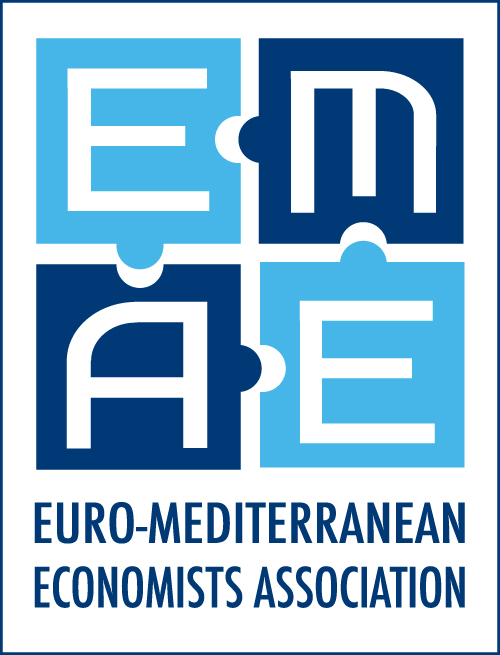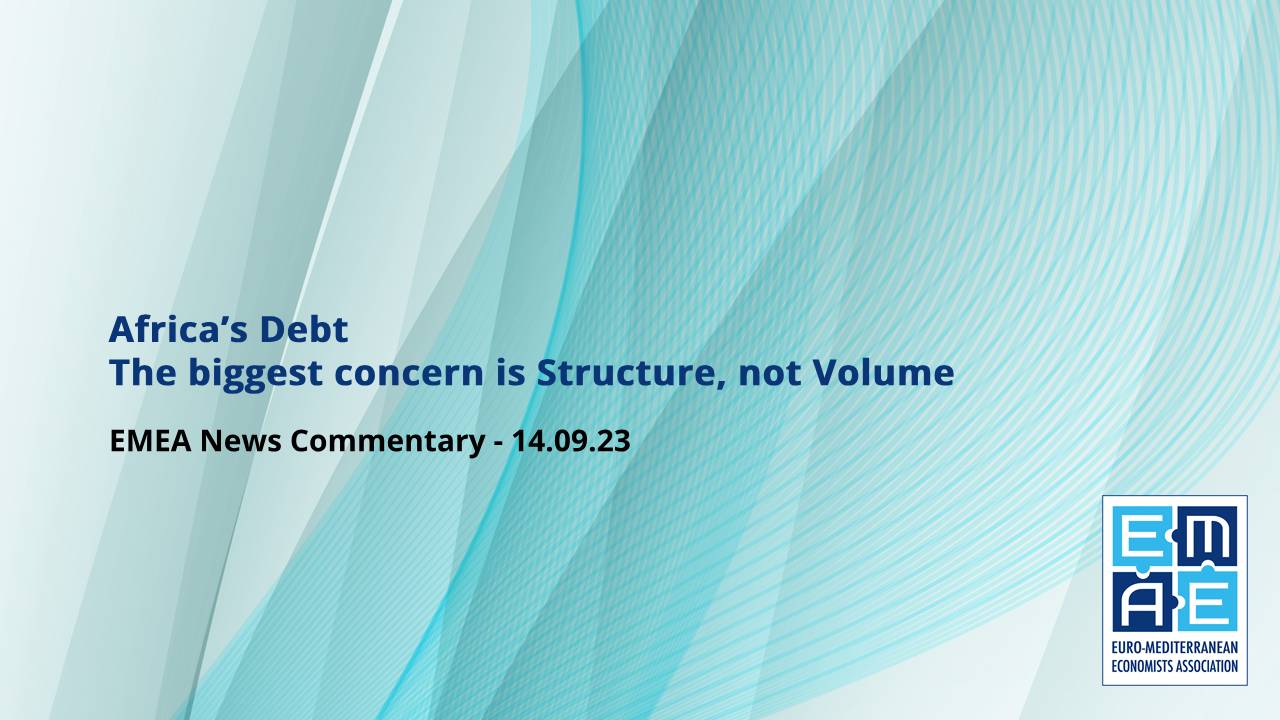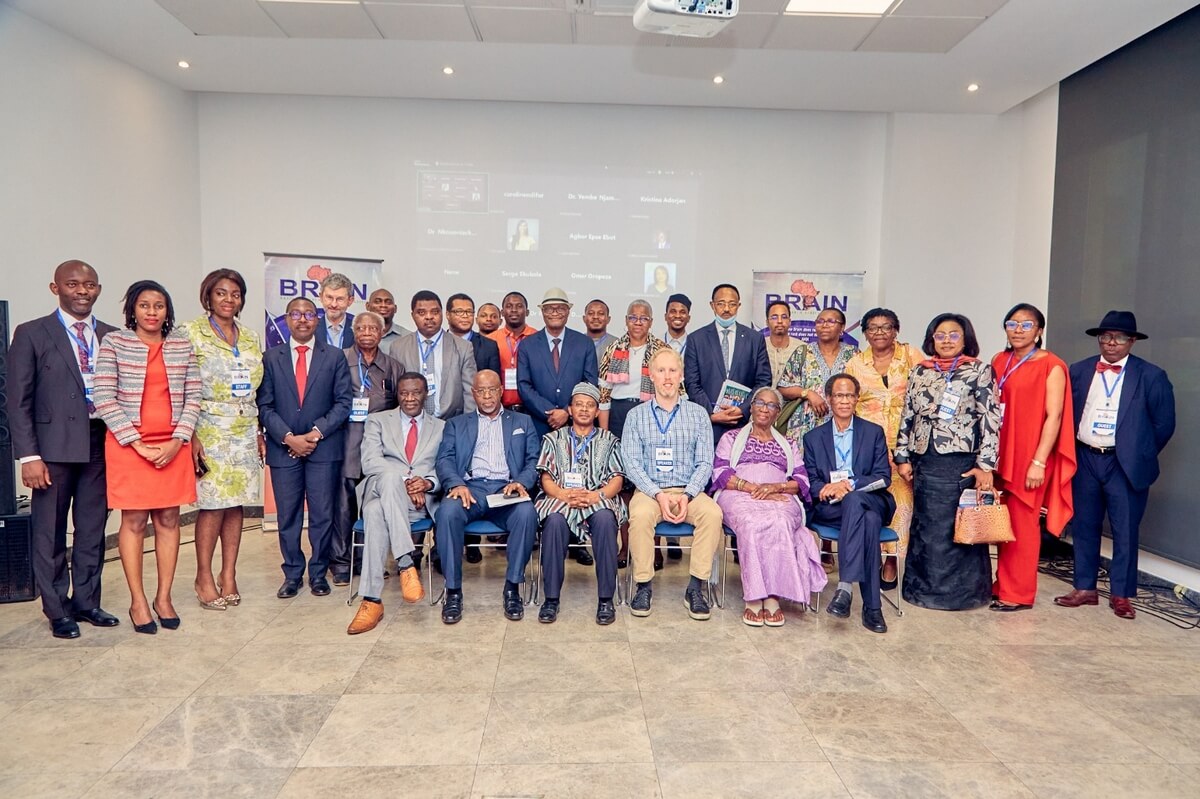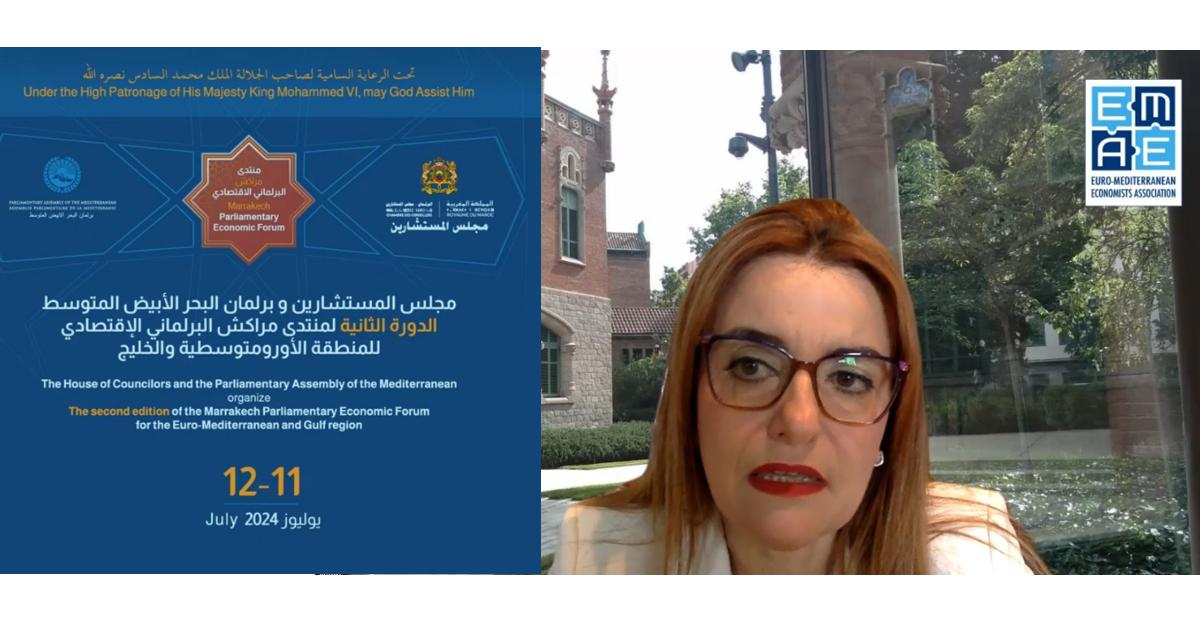As the world grapples with the financial fall-out from climate change, there’s growing concern over how to tackle existing and mounting debt levels, especially amongst many of Africa’s poorest and most vulnerable countries.
The issues around debt aren’t so much concerning the sheer volume – they are more to do with how it is structured.
Surprisingly, Africa’s combined public debt of around $1.8 trillion is actually less than any other world region, bar Oceania. That works out, for instance, at $1.1 trillion less than Germany. Indeed, 49 African countries have lower public debt-to-GDP ratios than the United States and Japan.
Even so, eight of the nine countries listed by the IMF in 2023 as being in ‘debt-distress’ are African. The underlying reason for this is that structural factors have made debt uniquely burdensome for the continent.
Ahead of the Africa Climate Summit in Nairobi, Kenyan President William Ruto called for the financial demands on indebted African nations to be reduced.
He insisted that the reality of debt-laden or defaulting countries was inextricably linked to climate change. “If you don’t solve the debt issue, you can’t solve the climate issue,” he said. “A new instrument is needed for these countries — finding ways to pre-empt default before it happens.”
Currently, the majority of money is owed to international, rather than domestic lenders. This makes borrowing more expensive, since much of it is lent by the private sector at high market rates. In addition, the debt also becomes harder to refinance or restructure.
Debt distress and bankruptcy
Africa’s debt is at its highest level in over a decade. This has been compounded by the triple blow of the pandemic, the Russian invasion of Ukraine and soaring inflation. Today, 21 low-income African countries are either bankrupt or at high risk of debt distress.
Throughout this period, the share of private creditors has grown in Africa more than other developing regions. In 2010, approximately 30% of African debt was privately sourced. By 2021, this figure had risen to 44%.
The combined debt stock of low- and middle-income countries rose by 5.6% – from $8.6 trillion in 2020 to $9 trillion in 2021. Meanwhile, the public debt for seven out of the ten African countries with available data on creditor residency is owed to overseas lenders.
Africa is also afflicted with high borrowing costs; the continent’s average cost of financing is 11.6%, which is a hefty 8.5 percentage points above the risk-free rate of the US benchmark.
It’s tended to work out this way because many African governments have favoured private credit, thereby reducing their aid dependency and policy-conditioned loans from official creditors. Also, Western rating agencies have, if anything, overstated the risks of lending to African nations.
Between 2010 and 2022, as a percentage of GDP, Africa’s share of external debt has risen from 19% to 29%
Factoring in the existential threats of climate change, the pandemic and fall-out from the Ukraine war, have resulted in a quadrupling of external debt servicing payments for African nations. Alarmingly, these payments have grown at over 60 times the pace of average fiscal revenues.
The number of African countries where interest payments comprise over 10% of their revenue has risen from nine in 2010 to over 20 in 2022. According to the United Nations Conference on Trade and Development, between 2019 and 2021, almost half of Africa’s 1.3 billion people live in countries where more is spent on interest than education or health.
At the same time, the continent’s external debt as a share of exports has virtually doubled – from 74.5% to 140%. This is significant, given African’s reliance on exports from low value-added extractive industries, an imbalance which has made it increasingly difficult to service external debt.
Slowing debt accumulation, growing risks: Unveiling the complexities of Sub-Saharan Africa’s debt burdens
However, debt accumulation is not evenly distributed across countries or regions. Some economies with existing debt vulnerabilities have become even more fragile, whilst others have seen their external debt stock reduced.
As an example, Sub-Saharan Africa’s (SSA) overall debt accumulation rate slowed from 5.6% in 2020 to 2% in 2021. Excluding South Africa, however, the region’s external debt stock increased by an average of 4.3% to $591 billion.
Indeed, there are many countries in the region with increased fiscal risk. SSA is home to most of the Debt Service Suspension Initiative (DSSI) eligible countries, recognised as such by the IMF. And Chad, Ethiopia, Zambia and Ghana have already requested debt treatment under the Common Framework.
Where is the lending coming from?
A new dataset from the Kiel Institute has provided a detailed picture of Africa’s government debt for the first time. It reveals African countries pay much higher interest rates to foreign bondholders and Chinese lenders than to international financial institutions, such as the World Bank. Moreover, the gap in borrowing conditions has grown over the past 10 years, implying there have been significant cross-creditor subsidies.
“Since many countries borrow money from multiple creditors at the same time, this means that taxpayer funded institutions may end up subsidising the financial returns of both private bondholders and Chinese banks,” says Christoph Trebesch, Kiel’s research director.
“Our micro data enables a systematic reassessment of sovereign debt in Africa. We can now better answer key questions like: who is lending money to African governments and on what terms? The new, publicly available and detailed data makes analyses of debt sustainability and sovereign default risk in Africa easier to conduct,” Trebesch said. He added that in view of the “the growing debt difficulties on the continent, more analysis on the characteristics and composition of Africa’s sovereign debt is crucial.
“What is more worrying is that numerous countries, such as Egypt or Kenya, are simultaneously borrowing money both from private investors and, on a large scale, from public lenders, so that the low-cost loans from the public sector—ultimately taxpayers’ money—are being used to cross-finance the high returns of private investors such as hedge funds. The same is true of Chinese loans from African countries, some of which are serviced with the help of cheap development loans from Western countries.”
Debt relief measures and reforms of multilateral and private sector credit
With so many creditors involved with Africa, agreement on any relief measures has been challenging.
Furthermore, many creditors and nations are reluctant to undergo debt-sustainability talks because the stigma attached to restructuring could hinder a country’s chances of finding future lending sources. In the case of banks or other private creditors, the potential of losses for interested parties also reduces the prospect of debt restructuring agreements.
According to UNCTAD reforms covering both multilateral as well as private creditors are key to allowing Africa to develop sustainably and lifting some of the world’s most vulnerable populations out of poverty.
Key to this will be ensuring that Africa’s debt sustainability issues are addressed, to ensure that the continent has a more sustainable future in line with the UN’s Sustainable Development Goals (SDGs).
For this to happen, the G20 Common Framework must be reformed, strengthened and expanded and there needs to be a debt and development finance architecture that is fit for purpose, says UNCTAD.
BRICS and recent events in Niger and Gabon
Meanwhile, after the recent BRICS meeting in South Africa, with China pushing hard for the bloc to exert greater influence, how will the West respond?
It’s being reported that the coups in Niger and Gabon have left Western regional strategy in tatters. Lack of French military intervention has drawn widespread criticism. Europe has failed to assert the Sahel Alliance programme, intended to link economic development and security in the region. And the US hasn’t kept its promises on providing aid. The question is how best to mobilise available funding?
All the while, China’s so-called Belt and Road Initiative has continued to gain influence.
The EU’s Gateway programme aims to raise €150bn, far more than the EU has done before. But is this too little too late, especially given the unfolding events in Niger and Gabon?
In 2015, the World Bank originated the term “Billions to trillions”, indicative of the “realisation” that achieving the UN’s ambitious SDGs would require “a global change of mindsets, approaches and accountabilities”. Eight years on, the EU and the US are far away from matching that ambition. No surprise, that their credibility is in short supply in many of the poorest parts of the world.
And all the while, the debts keep mounting.
The west has failed to keep its promises on aid | Financial Times (ft.com)
Public debt in Africa: structure is the primary issue, not volume | Mo Ibrahim Foundation
A world of debt: Regional stories | UNCTAD





